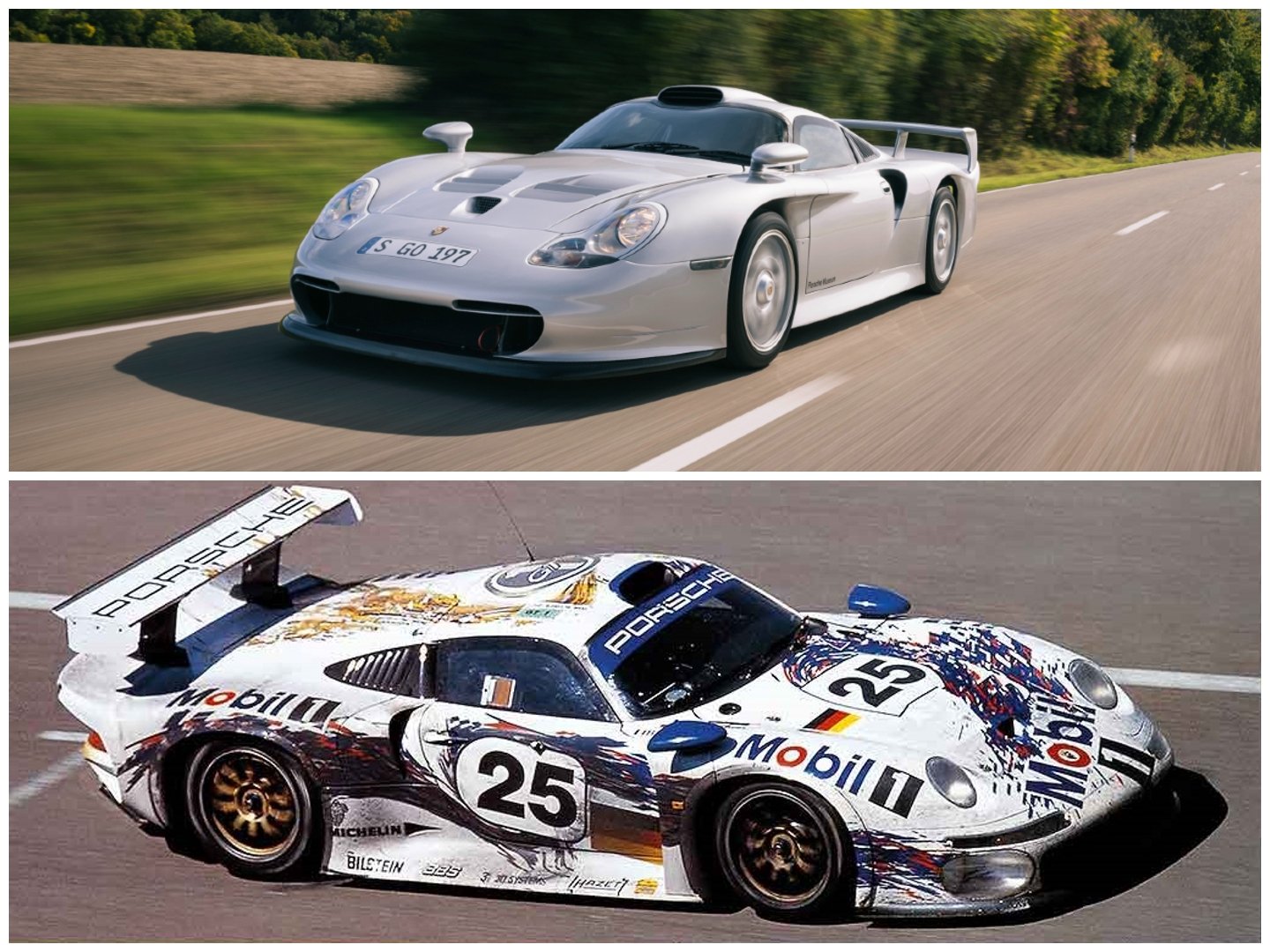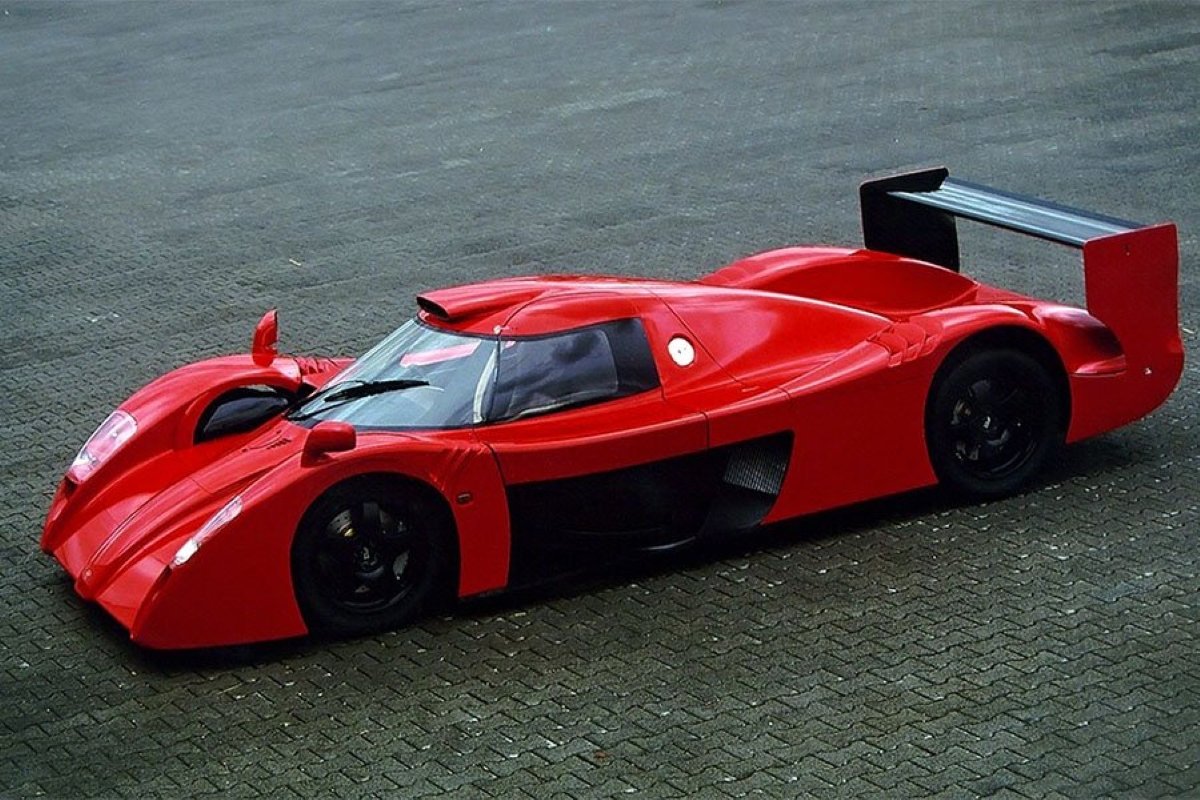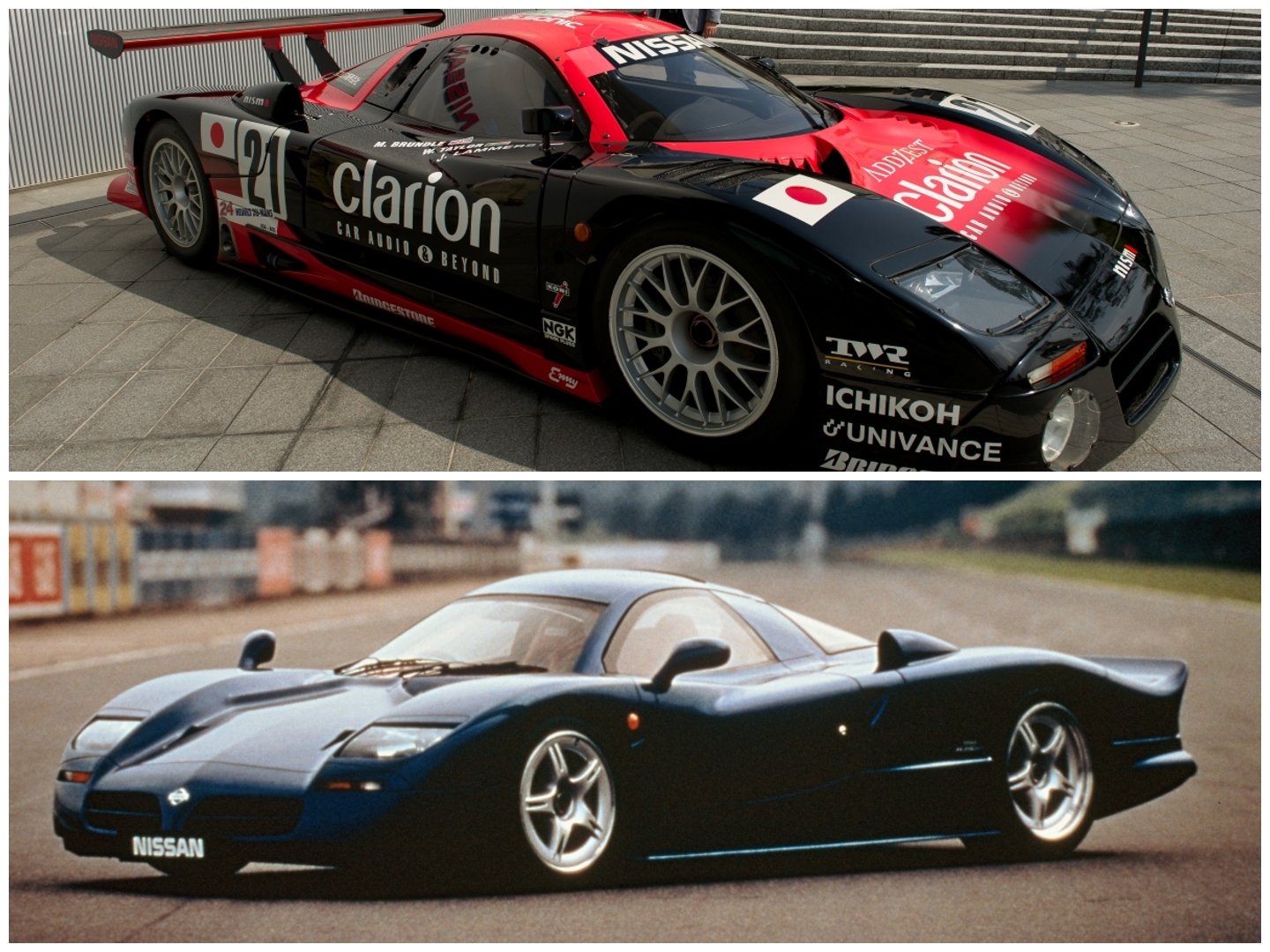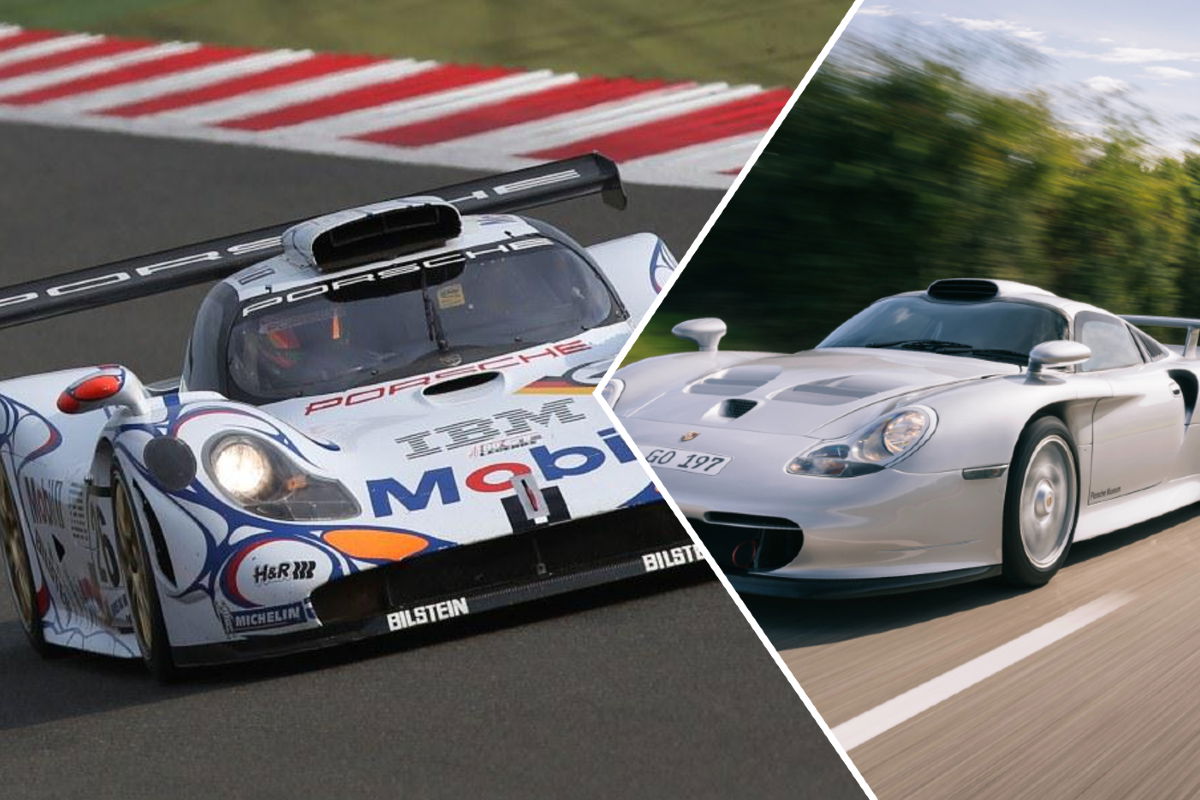
You can thank the boffins who write Le Mans regulations for helping spawn a generation of road-legal hypercars – precursors to the ones we have today.
Group GT1 first appeared at La Sarthe in 1993 and came under the FIA from 1997, and lasted across four distinct eras until 2011. But it’s the first era between 1995 and 1998 that gets us most giddy, the rules requiring carmakers create at least 25 road cars in order for their racers to be eligible to take on events such as the 24 Hours of Le Mans. (Although it turns out these rules were… flexible.)
For those who love wild road cars, there could not have been a more gleeful requirement.
McLaren kicked things off with the F1 GTR in 1995 – which in a classic underdog fairytale, famously won that year’s drenched Le Mans 24 Hours against much more fancied competition. It was powered by a BMW V12, and effectively created the original buzz around GT1.
Jaguar followed by building the XJ220 in 1996, while in 1997, Mercedes-Benz showed off the CLK GTR. With a 6.9-litre atmo V12 producing about 447kW, the windswept Merc weighed just 1000kg. The race version dominated in FIA GT in 1997 and 1998, while just 25 cars were built, 20 coupes and five roadsters.
The Porsche 911 GT1, meanwhile, is one of the most memorable GT1 cars. The race version finished one-two at the 1998 Le Mans 24 Hour. The road version featured the same full carbon-fibre chassis – which passed contemporary crash-tests with ease. There was a water-cooled, twin-turbo flat-six at 3.2 litres in capacity and cranking out around 447kW. Quite a lot in a car weighing just 1050kg. Just 21 cars were built for the road.

Around the same time, Toyota created the GT-One and raced the 1998 and 1999 24 Hours of Le Mans. The wildly styled road car – only two were made – boasted a 3.6-litre V8 that, in race trim, required rebuilding every 5000km. Again, power was about 447kW and the car weighed in the vicinity of 1000kg.
Joining its Japanese foe, Nissan hired Tom Walkinshaw to create the R390, powered by a twin-turbo 3.5-litre V8. It’s no coincidence it looks somewhat similar to other Walkinshaw-created sports cars, some of them Jaguars; it even shared a great deal of its interior with the Jaguar XJR-15. Just a single R390 road car was built in 1997.
GT1 also spawned a wild, road-going version of the Lotus Elise; and there was even a Lamborghini Diablo GT1 (that ended up being a stillborn project, but at least one car was built). There were many, many more.

The Porsche Carrera GT had a GT1 connection. As well as being the successor to the Porsche 911 GT1 Strassenversion, the Carrera GT’s 5.7-litre V10 could trace its DNA well back into the 90s. Porsche created the V10 for the Footwork Formula One team in the early 1990s, but the project was shelved. It was resurrected for a new Le Mans prototype in 1999, before Le Mans organisers changed the rules. Porsche then adapted the engine for use in a road car – the Carrera GT.
All these cars helped stoke the imagination and lead to another generation of supercars – without any Le Mans connection. Think Ferrari Enzo and LaFerrari, Bugatti Veyron and Chiron, Porsche 918 Spyder, McLaren P1 and, to a lesser extent, Lexus LFA. And now Aston Martin Valkyrie and Mercedes-AMG One – and future hypercars from Porsche and Ferrari. And more certainly in the works.
All thanks to some boffins who wrote some rules for a car race.





















Discussion about this post